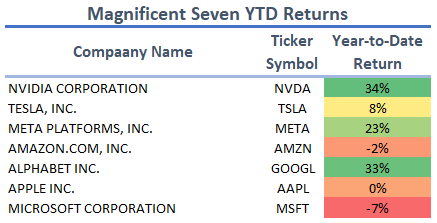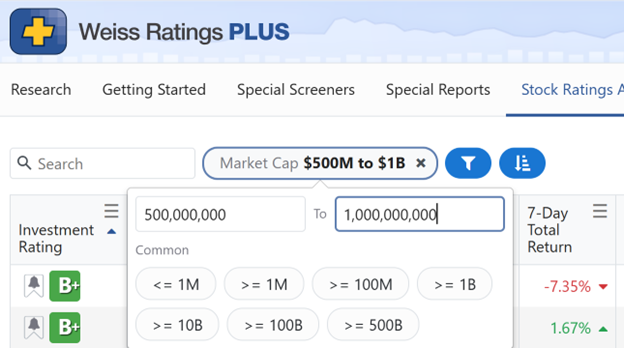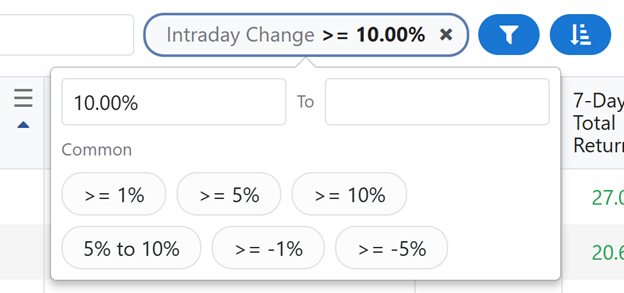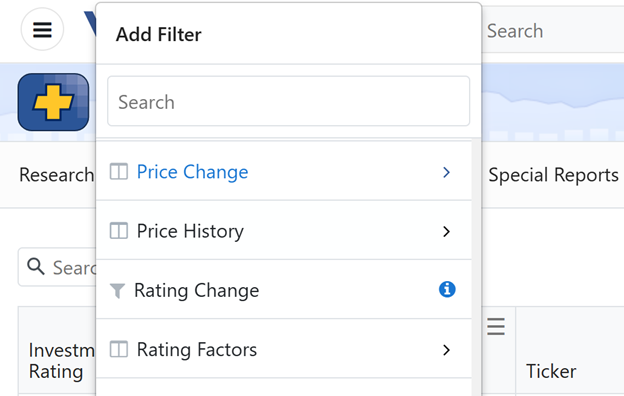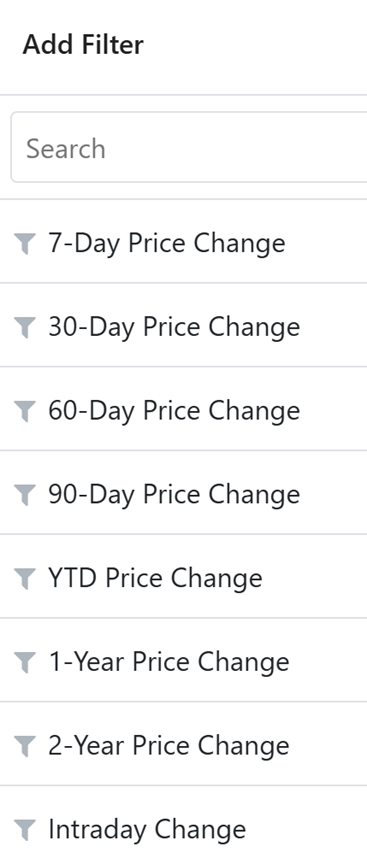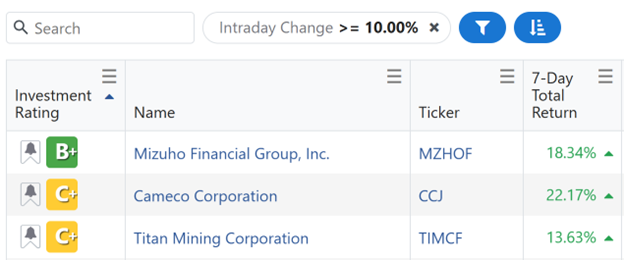Your New Tool to Act Quick in This 5-Bubble Market
It’s spooky season for the markets.
A season that’s set to continue long after the Christmas decorations start going up.
As October draws to a close, the 100-year anniversary of the Great Crash of 1929 is now less than four years away.
Even the mainstream media is starting to take notice.
“60 Minutes” just aired a segment with CNBC’s Andrew Ross Sorkin. He talked about his new book, where he explores the eerie parallels between that era and today’s market.
Sorkin’s conclusion is simple yet unsettling …
Another great crash is coming.
But nobody knows when.
That’s the cruel rhythm of market history.
Crashes never happen when everyone is calling for them.
Back in 1929, the Dow surged 90% higher in the months before it collapsed. The mood was euphoric.
Economists called it “a permanently high plateau.”
Alan Greenspan would later call it irrational exuberance.
The Weiss Legacy: Born from the Great Crash
The Great Crash isn’t just a chapter in financial history. It’s part of Weiss Ratings’ origin story.
Dr. Martin Weiss’ dad, Irving, as a stockbroker in 1929, watched firsthand as Wall Street’s speculation and leverage destroyed fortunes overnight.
His experience during that collapse inspired Martin to dedicate his life to building a company that could identify weak institutions and fragile markets long before they failed.
That’s how Weiss Ratings was born — from the recognition that safety and risk aren’t opposites; they’re two sides of the same investment coin.
Our mission since day one has been to empower investors to see the cracks before they become catastrophes.
The New Market Landscape: Five Mini-Bubbles
Fast-forward to today, and the market has found itself in an amazingly unique position.
Instead of one dominant speculative mania, we now have at least five interconnected “mini-bubbles.”
Each is fueled by massive investor enthusiasm.
Together, they’re inflating a much larger bubble in the overall market.
- AI Technology: Led by semiconductor giants like Nvidia (NVDA), AMD (AMD) and Broadcom (AVGO), the “pick-and-shovel” stocks of the AI revolution.
- AI Services: Companies monetizing AI through enterprise software and analytics: Palantir (PLTR), IBM (IBM), Salesforce (CRM), SoundHound (SOUN) and BigBear.ai (BBAI).
- Real Assets: Gold, silver and Bitcoin have become the antidote to geopolitical stress, ballooning debt and the declining U.S. dollar.
-
Nuclear Energy: One of the hottest sectors of 2025. AI data-center energy demand is expected to rise 130% by 2030, driving stocks like Nano Nuclear (NNE), Oklo (OKLO) and NuScale (SMR).
(See this month’s new release, below, for a timely nuclear opportunity that we discovered using this new release.)
- Quantum Computing: The next computing revolution is sending leaders like Rigetti (RGTI), D-Wave (QBTS) and IonQ (IONQ) surging, as investors realize quantum is no longer theoretical.
Each of these “mini-bubbles” has its own speculative logic.
But together they form a super-bubble …
One so complex and cross-connected that no single rupture has yet been able to bring the whole market down.
The Musical Chairs Effect
This multiple-bubble ecosystem is what makes the current environment so different from 1929, the Dot-Com Bubble or the 2008 housing crisis.
As one group of stocks overheats — say, AI chips — money doesn’t rush to the exits.
Rather, it rotates.
Investors then move capital into the next hot pocket: AI services, nuclear, even gold.
And that rotation acts as a pressure valve.
Think of it like a game of musical chairs where the music never stops. It just slows down.
As one chair gets too crowded, traders slide to the next.
This rotation has kept volatility relatively contained.
And it’s allowed indexes like the S&P 500 to grind higher without a true “burst” moment.
But make no mistake: It’s still the same game, with the same ending.
The question isn’t if the music stops, but when.
The Hidden Risk: The Illusion of Stability
This constant rotation gives investors a false sense of security. It feels like risk is diversified, but it’s really just redistributed.
Every one of these bubbles depends on the same oxygen supply: abundant liquidity, speculative momentum and investor psychology.
Margin debt remains near record highs, options volume is dominated by short-term calls and passive flows continue to chase whatever worked last month.
That’s not stability — that’s synchronized speculation. And when sentiment finally turns, history shows it can reverse just as fast as it inflated.
What Happens When the Music Stops?
Nobody — not Sorkin, not Wall Street, not the Federal Reserve — knows exactly when the next great crash will happen.
But history is clear: The more investors convince themselves it can’t happen, the closer it gets.
The 1929 rally was fueled by new technology (radio, automobiles), margin leverage and the belief that the Fed had conquered volatility.
Sound familiar?
The same psychology exists today. The difference is that now, the speculation is distributed.
This may delay the inevitable … but won’t prevent it.
There IS Good News
Here’s where things get interesting, and actually healthy.
These Five Bubbles have done something constructive: They’ve expanded market breadth.
The rally is no longer confined to a handful of mega-cap tech names. Instead, cash is finally flowing into the mid-cap and small-cap universes.
That diversification matters.
During the 2022 bear market, investors treated the Magnificent Seven — Apple, Microsoft, Alphabet, Amazon, Nvidia, Meta and Tesla — as if they were the only lifeboats on the Titanic.
That defensive crowding worked in the short run. But it left the rest of the market neglected.
Over the past six months, that’s changed.
Investors are rotating back into smaller, more speculative names.
The Russell 2000 is now up roughly 12% year-to-date, outpacing both the Nasdaq-100 and the Magnificent Seven average.
Meanwhile, the Mag 7 themselves are diverging — with 2025 returns ranging from -7% to +33%, averaging just 10%.
This dispersion is good. It signals that market leadership is broadening, not narrowing.
Small caps are taking on a relative-strength leadership role, and that’s what a sustainable bull market needs.
Speculation, contrary to popular belief, is good for stocks, scratch that … NECESSARY. Without investors willing to take risks, the market doesn’t go up.
The renewed appetite for small caps tells us risk-taking is alive again. That’s what’s keeping the game of musical chairs going.
Pull up a Seat in This Small-Cap Bull Market
In every historical bull market, small caps lead early and deliver outsized gains before Wall Street catches on.
The Weiss Ratings system helps you pinpoint the next generation of leaders before the crowd piles in.
The average small cap in the Russell 2000 is around $1 billion. The range varies but can go from about $150 million to around $2 billion.
You can use Weiss Ratings Plus to filter by market cap.
Here, I typed in a range of $500 million to $1 billion (using zeroes instead of words) and quickly generated a list of 736 names:
From there, you can use other filters to explore these stocks by industry, rating, prices and much more.
You can also use your Wall Street’s Untapped Gems screener. You’ll find a wider variety of market caps here, but you’ll also find stocks that aren’t high on the market’s radar right now.
Of course, even with the Five Bubbles and the new small-cap bull market keeping things aloft, every expansion eventually meets its end.
When that happens, investors who hold real assets will be best positioned to weather the storm.
The Importance of Hard-Asset-Based Investments
The ongoing bear market in the U.S. dollar and persistent inflation make it essential to own part of your portfolio in hard-asset producers:
Companies in gold, silver, rare-earth minerals and other tangible resources.
In fact, the real assets bubble may be the only one that survives when the others pop.
It’s the Swiss Army knife of portfolio strategy, preserving wealth, hedging volatility and offsetting inflation.
The numbers speak for themselves:
- Gold bought in 2000 has returned +1,680%.
- The S&P 500 over the same period? +375%.
- The Nasdaq Composite: +450%.
So the idea that gold is “too slow” or “just a store of value” is a myth.
Hard assets have outperformed stocks through multiple crises, from dot-com to housing to pandemic to inflation.
That relates directly to a stock I just landed on when I test-drove …
This Month’s New Release: Intraday Pricing Tool
We just added several new filters under your Stock Ratings Analyst tab.
This month, I’m excited to introduce your new Intraday Pricing search tool.
Now, you can search for stocks that have moved 1%, 5%, 10% or more each day.
This feature lives on your Weiss Ratings Plus members-only website.
You can find it by going to Stock Ratings Analyst and clicking on the blue filter icon.
When you click on that first blue button …
You’ll see a list of filters to choose from.
Scroll down to Price Change. Click on the arrow on the right.
You’ll see a long list of options to view a stock’s performance over a set of days or years.
You’ll see Intraday Change at the bottom of this screenshot.
Click on that. And now, you’ll see the box I showed you above, where I had selected the >=10% button to search for stocks that moved 10% or more intraday.
This produced a long list of 652 stocks for me.
So, I clicked on the Investment Rating column on the left-hand side of the screen. That allowed me to sort the results in descending order, so I could see the highest-rated first.
You can see that the top three stocks are up by more than 10% over the past seven days.
From here, you can click on the rating, the name, ticker or any of the other columns that appear.
You can also click on the three dots on the right side of your screen to add or freeze columns.
From here, you can use even more of your Weiss Ratings Plus tools to drill deeper into the stocks you discover using this new release.
As I write this, uranium prices are surging. That’s largely thanks to America’s increased strategic interest in nuclear energy.
But there’s another reason why Canadian uranium producer Cameco (CCJ) is on our shortlist of stocks that are making huge intraday moves.
I asked your resident natural resources expert, Sean Brodrick, to talk with you about it. Here’s Sean:
“Cameco ran up 23% Tuesday to an all-time high around $104.
“That’s almost entirely due to the announcement of a historic $80 billion nuclear reactor partnership between Cameco, Brookfield, Westinghouse and the U.S. government.
“This deal will see the U.S. government facilitate the financing, permitting and approval for a massive buildout of new Westinghouse reactors across the U.S.
“This makes Cameco and its partners pivotal players in the U.S. nuclear renaissance that’s currently underway.
“To boot, Cameco owns a 49% stake in Westinghouse's nuclear division. Meanwhile, Brookfield Renewable Partners and its institutional investors control the remaining 51%.”
Thanks, Sean.
He doesn’t like to brag, but I am happy to do that for him.
Sean’s Wealth Megatrends subscribers are up more than 40% on Cameco right now.
If you missed that initial run, he sees more upside ahead.
Sean also plans to add even more stocks that are exposed to this U.S. energy renaissance.
You can be among the first to get those fresh picks from Sean. Just click this link here and fill out the short form at the end.
The Bottom Line
The stock market is a giant bubble made up of five smaller ones — AI tech, AI services, real assets, nuclear energy and quantum computing.
Their interplay has created a surprisingly resilient market, at least for now.
The good news:
- Breadth is expanding,
- Small caps are leading and
- Speculation is fueling healthy risk-taking again.
The bad news: History hasn’t changed.
Every bubble eventually bursts — even five at once.
However, this is precisely why Weiss Ratings exists.
We were born from the lessons of 1929, built to help investors recognize strength and avoid fragility before the cracks show.
So while the music still plays, stay in your seat — but keep your eyes on the exits.
To your success,
Dallas Brown
Publisher

